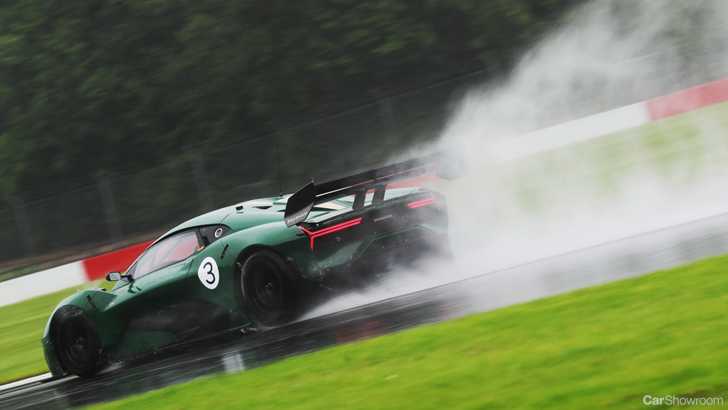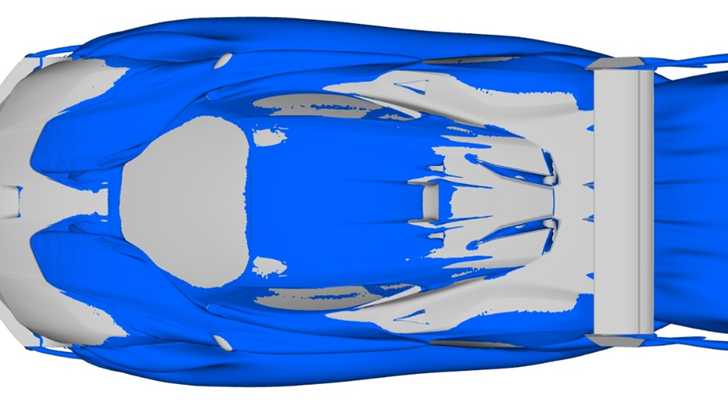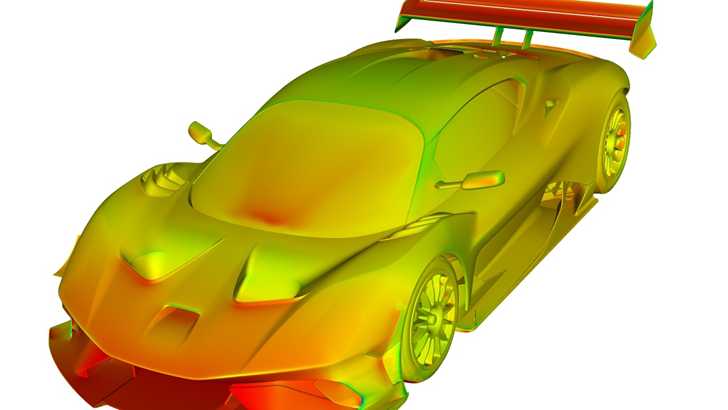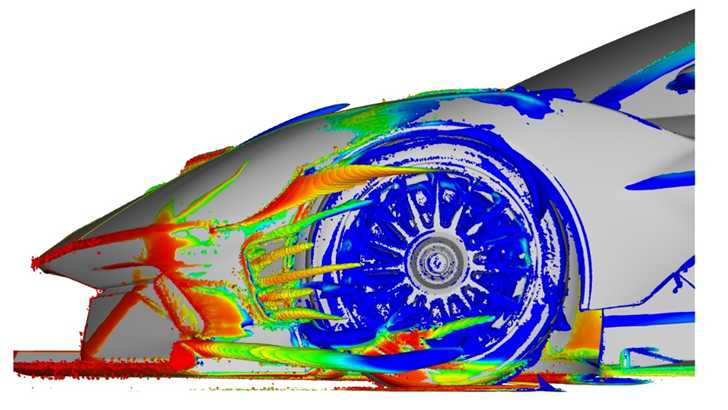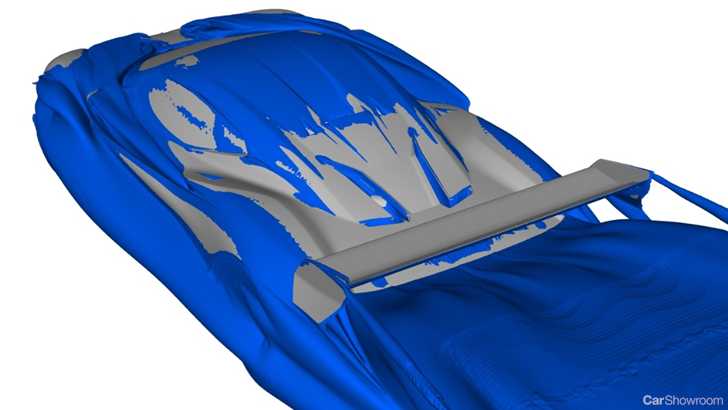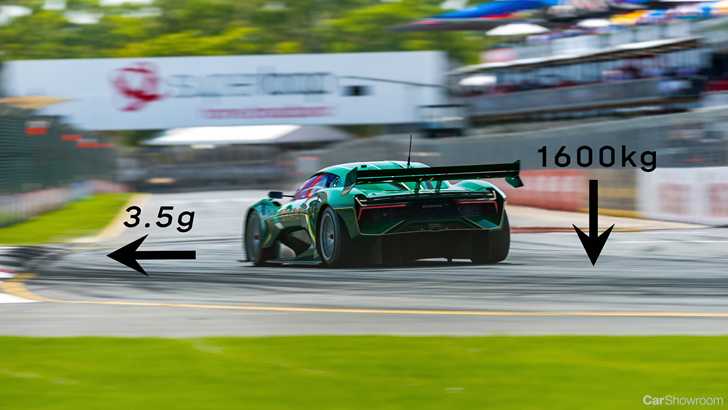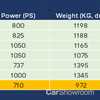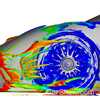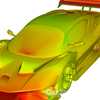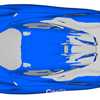For those of you out there who figure Australia does not have its very pony in the global hypercar race, here’s some bad news – you’re wrong. Adelaide-based hypercar constructor, Brabham, who build creations such as the BT62, have just published an array of interesting technical details on the car’s aerodynamic credentials.
The team over at the South Australian company have claimed some bold figures for the BT62, including generating 1,600kg of downforce. Yes, 1.6 tons of nature pushing down on a car which barely tips the scales at 972kg dry. Insane! But in order to achieve those numbers, complicated engineering is involved, and that’s exactly what they’ve done.
However, for engineers to study the car’s airflow management, they’ve had to upload the car into a Computational Fluid Dynamics (CFD) model environment. This way engineers get an up close and personal look at how the BT62 reacts as it goes through the air. “The model’s sensitivity is then correlated with real world data to ensure the model was giving off verifiable data and an accurate understanding of the airflow over the car,” said the company. We apologise in advance as this next bit is going to get technical.
In the CFD illustrations, we can see how low-pressure air is streamed around the car as it passes through the air, while at the same keeping low-pressure air from the underfloor and rear wing, and instead diverting them to the cooling intakes. High-pressure air, meanwhile, is channeled to create downforce on the wings and body surfaces.
As air hits the front splitter, high-pressure air (pictured above in red) pushes the front end down. That air then washes through the radiator and bonnet vents, where the vast majority is then diverted around the sides of the car. Meanwhile, the end plates on the front splitter generate low-pressure vortices and pushes the air along the sides of the car, rather than underneath it.
The under floor of the BT62 is completely flat, which is an important element in retaining low-pressure. Otherwise, if high-pressure air were to flow there, it would generate lift instead, which could have catastrophic consequences. Mark Webber’s 1999 Le Mans crash comes screeching to mind.
Airflow over the wheels have to be managed as well. The goal for engineers here is to evacuate the air efficiently and direct it around the sides of the car and maintain the low-pressure on the underside.
As result of the carefully managed air flow, the BT62 generates an incredible 1,600kg of downforce. The bulk of that is generated via the rear wing, which in this case has a lift to drag ratio of 5:1, meaning that for every Newton of drag force, it creates 5 Newton’s of downforce.
The amount of downforce created at 300km/h also compresses the car, by as much as 8mm up front and 18mm out back. The Australian hypercar builder also answered the classic question about driving it upside down. They estimate that with all the fluids and a driver onboard, the BT62 generates enough downforce to drive upside-down at roughly 265km/h.
Accompanying you throughout will be the soundtrack of a 5.4-litre naturally-aspirated V8 petrol motor, which gives your right foot access to a whopping 522kW of power and 667Nm of twist. Insanely, the BT62 sends all of that power to the rear wheels via a six-speed sequential gearbox, with only the 18-inch wheels and Michelin rubber to transfer that ferocity to the ground.
Lastly, while the BT62 is a track-ready apex hunter, it can be turned into a road-going car. For roughly $295,000, a front and rear axle lift kit, air-conditioning, door locks, and interior trimming will be fitted to the BT62. This may seem like an insane amount of money for an optional extra, but consider too that the whole deal will cost you a shade under $2 million in the first place.
For more information and for the best deal on your next brand-new car, please visit our Showroom. Take up our Best Price Challenge today.
